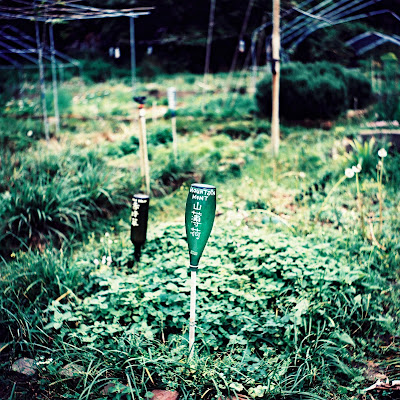
The subtitle of Peter Hessler's second book (first one being River Town) reads: A Journey between China and the West. It is more than that; the book weaves through time and history, from the earliest dynasty of the Shang to modern day boomtown Shenzhen, traverses geographically between China and the USA, as Hessler tracks the immigration story of his Uigher friend who sought political asylum with his Homeland America, and touches issues from culture (Chinese writing system, the anchor of the story as Hessler traces the life of oracle bones scholar Chen Mengjia) to politics (cross-strait issue) to democracy (local elections) to architecture (Beijing's hutong).
I found it hard initially to make sense of the flow of the book, as it seems on the surface to leap from one topic to another, some quite unrelated. At times, the book also appears to be a mishmash of observations about different aspects of China gathered during the author's almost ten year-long stay in Beijing. But things started to make sense after a while, as I realised that this is the way China is: everything is happening at the same time, and at frightening speed. Yet everything is interlinked. It is a story of ordinary folks in past and present China struggling to understand their lives which had been and still are constantly shaped by dramatic forces beyond their control - the Shang rulers who used oracle bones to divine their empire's fortunes, a stubborn scholar driven to suicide during the Cultural Revolution for his staunch opposition to the reform of the Chinese writing system, a futile battle against the destruction of Beijing's traditional courtyards to make way for modernisation, the marginalisation of ethnic minorities etc are all threads of a common story where their confluence and conjunction create the China today.
I found it hard initially to make sense of the flow of the book, as it seems on the surface to leap from one topic to another, some quite unrelated. At times, the book also appears to be a mishmash of observations about different aspects of China gathered during the author's almost ten year-long stay in Beijing. But things started to make sense after a while, as I realised that this is the way China is: everything is happening at the same time, and at frightening speed. Yet everything is interlinked. It is a story of ordinary folks in past and present China struggling to understand their lives which had been and still are constantly shaped by dramatic forces beyond their control - the Shang rulers who used oracle bones to divine their empire's fortunes, a stubborn scholar driven to suicide during the Cultural Revolution for his staunch opposition to the reform of the Chinese writing system, a futile battle against the destruction of Beijing's traditional courtyards to make way for modernisation, the marginalisation of ethnic minorities etc are all threads of a common story where their confluence and conjunction create the China today.














































